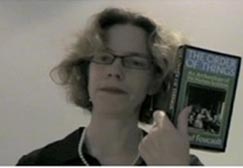Interview: Typomaniac Erik Spiekermann
We speak with famed German typographer, designer and entrepreneur about his comprehensive visual biography “Hello I am Erik”

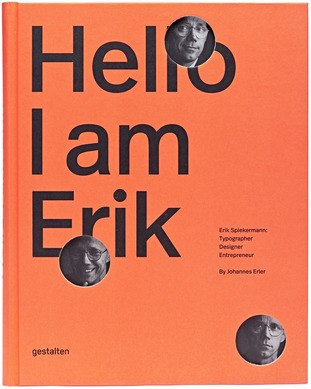
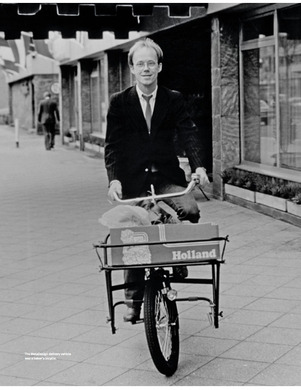
Few individuals within the design community deserve as much acclaim as Erik Spiekermann—and even fewer typographers at that. Throughout his storied 30-year career, the prolific German typographer, designer and entrepreneur has influenced contemporary design—and society as a whole, whether they recognize it or not—in countless ways, from designing guidance systems for the Berlin Transport Authority and a typeface for Deutshe Bahn (Germany’s national rail system) to developing the corporate identity for such brands as Audi, Volkswagon and Bosch. To celebrate his significant achievements, Gestaltan is set to release “Hello I am Erik,” the first-ever visual biography of Erik Spiekermann’s life and work. Published by Gestalten and edited, written and designed by longtime friend and colleague Johannes Erler, the 320-page compendium was produced in close cooperation with Speikerman, of course.
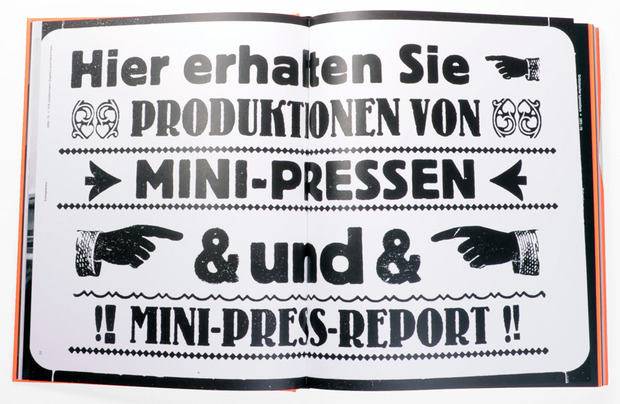
Following Spiekermann from birth to present day, the unconventional biographical presentation brings the designer’s highly revered work down to a personable level that’s directly in tune with the personality of the man himself. Though intermittently interrupted with insightful accounts of his career from colleagues, friends and family, the rather linear path is completely complementary to understanding the depth of Spiekermann’s influence, allowing the viewer to move along with the subject from his early years of typesetting at age 16 to founding the internet’s first font retailer in FontShop International, as well as MetaDesign, United Designers Network and most recently Edenspiekermann. To gain further insight into the living design legend, we were lucky enough to speak with Spiekermann about his interest in returning to analog typography through his private letterpress workshop P89a, his affinity for bicycles and what he enjoys most to do at home.
What excites you about “Hello I am Erik” and the way it presents your life and work?
It is more interesting to read about how things evolved—what didn’t work and why—than just seeing flash representations of just one page as the end result of years of work. The process is more interesting than wrapping the whole story of a project into one image—unless you only design one-pagers like book covers, posters and record covers. Which is why I’ve always thought it unfair that those designers get to be more famous simply because their work can be shown in one stamp-size image.
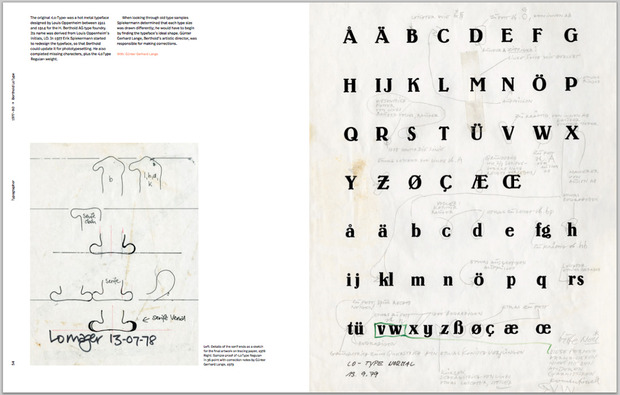
From former colleagues to family members, many people close to you offer insight in the book. If asked the same question (of who is Erik Spiekermann), what would you say?
The fellow who’s got to where he is by picking the right people and not being afraid to hire people who were better than him. Their work makes him look good. His main talent has been to spot talent, get the right projects and let them get on with it.
Technology should be invisible.
Given your agency’s efforts with ProRail and NS Dutch Railways, how do you feel the general population’s interaction with technology-informed design is changing, and will change in the future?
Hopefully it won’t change. Technology should be invisible, which is half the trouble: the slicker things get and the more invisible the technology becomes, our work also becomes invisible behind a thin veneer of user interfaces. But then, we’ve always spent most of our time developing complex projects for information or other visual systems of which the end-user never saw anything but a few nice pages, a logo or a website. Tip of the iceberg, unlike those record covers I mentioned above.
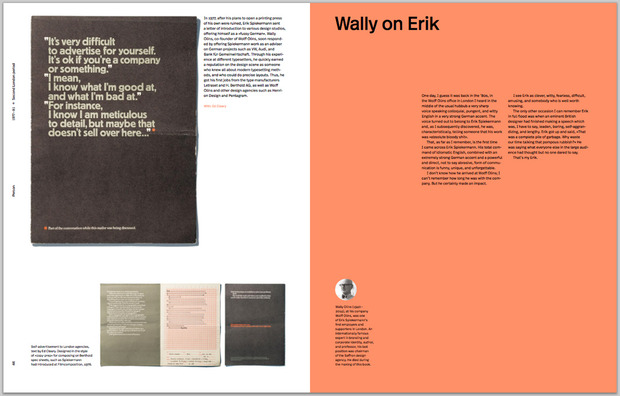
You’ve said your work for Berlin’s public transit is perhaps your favorite. Again looking back, is there a single project that you wish you could revisit and rework with the knowledge and experience you now hold?
The project for Deutsche Bahn could have been more effective if we had managed to involve other departments besides branding and corporate design. That goes for most large projects. The work for NS Dutch Railways only became successful because we brought together people from separate departments who had never met before. They exchanged knowledge which they all had but didn’t know about. And we just facilitated the process, plus visualized the result.
What about using technology in conjunction with analog typesetting and design are you most excited about?
What about it? We’re in the middle of making things. The Hamilton guys in Wisconsin have already cut some type for me manually. The result wasn’t good enough, so now they’re doing it again with a CNC router. We’re also having letters printed by stereolithography. Works well but is too expensive for now. The good thing is that I have all the data for my typefaces and can easily supply those for all types of digital processes. And in the case of CNC routing, I designed a special typeface (HWT Artz) that allows for the tolerances and characteristics of that process.
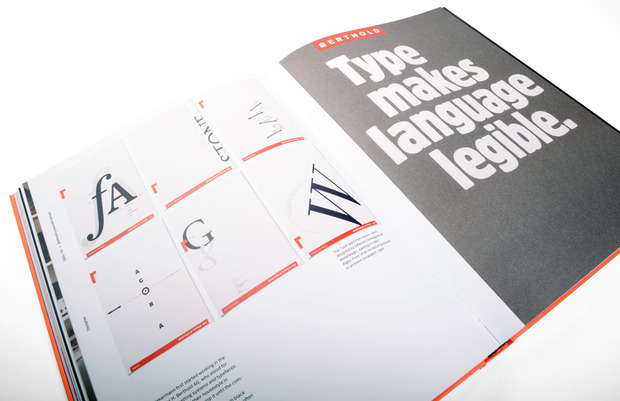
What interests you most about bicycles and bicycle design?
Cycling is the most efficient form of transport if you measure effort involved and distance achieved. That is mainly because the technology involved is so basic and clean. A single-speed bike is virtually the same it was more than 100 years ago, with lighter materials perhaps. The human body hasn’t changed and the conversion of human power into lateral movement is still the same. Like with most machines, the ones that offer the most transparency into their function are the most beautiful ones. That’s why I also collect Braun equipment. And that is the problem with digital stuff—the workings are invisible, so we have to design a surface that pretends to show functions. Much more difficult to design and impossible to comprehend. Anybody [can] understand how a bicycle works.
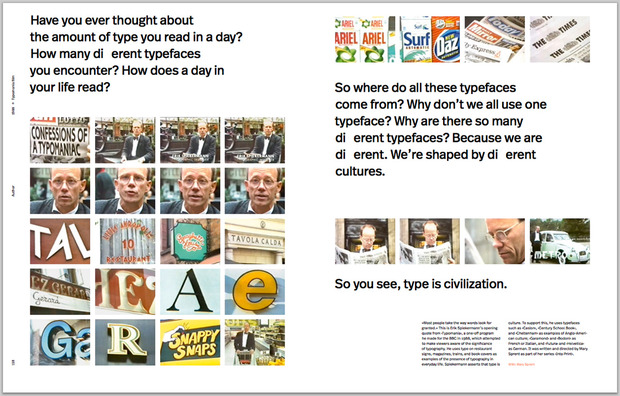
You’ve recently moved from CEO to the Supervisory Board at Edenspiekermann, which you refer to as a quasi-retirement. Will there ever be a day when you step away completely?
They call that day a funeral. I’ll be as involved as people want me to be. I do not want to be one of those ex-bosses who cannot let go and keep interfering and talking about the good old days. I have plenty of interests which keep me from being bored.
What do you like most to do at the end of a long day?
Read.
“Hello I am Erik” is now available in Germany and will be available stateside on 15 September 2014 from Gestalten for $60. And, for those in Berlin, be sure to stop by Gestalten Space at Sophie-Gips-Höfe, Sophienstraße 21 for a special book launch event with Erik Spiekermann and Johannes Erler tonight, 28 August 2014 at 7PM.
